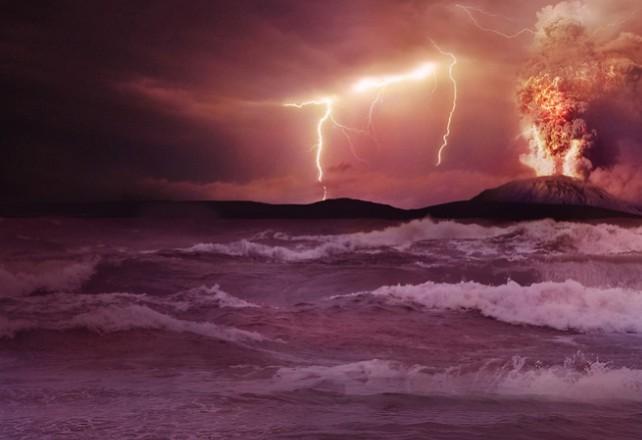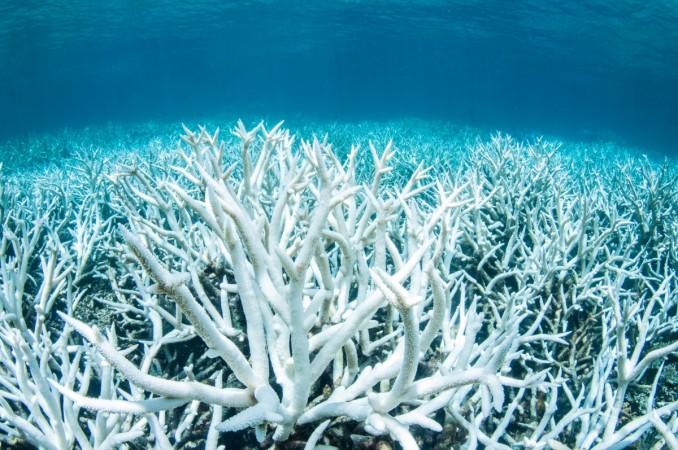
Heat waves are not only seen on land but have also been detected in oceans. And, their effect on large water bodies might be even more devastating than on land, a new study has found.
The heat in the oceans over the last few years has also been at record-breaking highs, say researchers. The all-time highest seawater temperature ever recorded since the measurements started in 1916 was made off the coast of San Diego earlier this month, reports CBS.
A new study published this week has found that in the 34-year time period between 1982 and 2016, the total number of so-called "marine heat waves" have nearly doubled. Researchers have also found that the frequency and intensity of marine heat waves are likely to increase and they will become a more common occurrence.
The heat in the oceans could irreparably damage kelp forests and corals, while also harming fish.
Thomas Frolicher, a climate scientist at the University of Bern in Switzerland and lead researcher, said that this current trend will only further accelerate with global warming.
The study defines marine heat waves as ocean surface temperatures that "exceed the 99th percentile of measurements for a given location", notes the report.
Oceans are known to be slow to absorb and release heat. This is one of the reasons why there are predictable land and sea breeze at the coast. Slow release of heat also means marine heat waves can last for several days and in some cases, for several weeks, explained Frolicher.

Warming seas and resulting ocean circulation associated with hotter surface waters are likely to decrease the prevalence of phytoplankton, which is the base of the marine food web.
The report also talks about the "Blob", which is a spot in the Pacific Ocean that has shown consistent high temperatures between 2013 and 2016.
At that time period, there was a marked decrease in phytoplankton production leading up to a domino effect that resulted in lack of food for many species. This eventually caused thousands of California sea lion pups to starve, said Art Miller of the Scripps Institution of Oceanography, who did not participate in the study.
Sea creatures have, over time, evolved to live and thrive within a narrow temperature band, so even a slight warming up of oceans can be disastrous, notes the report.
When the ocean gets too hot, it may be possible for free-swimming creatures like stingrays or lobsters to shift their routines. Stationary organisms like the kelp forests and coral reefs, however, can't escape to colder waters.
Great Barrier Reef off the Pacific coast of Australia is actually showing signs of deterioration. Warmer oceans are bleaching and killing vast swathes of the world's largest coral reef. In the last two years, almost half the shallow corals at the Reef were killed off. There is a whole ecosystem that thrives on the coral reefs. The death of the reef could threaten the survival of other animals as well.
"One in every four fish in the ocean lives in or around coral reefs," said Ove Hoegh-Guldberg, a marine biologist at the University of Queensland. "So much of the ocean's biodiversity depends upon a fairly small amount of the ocean floor."
The study was first published in the journal Nature.










